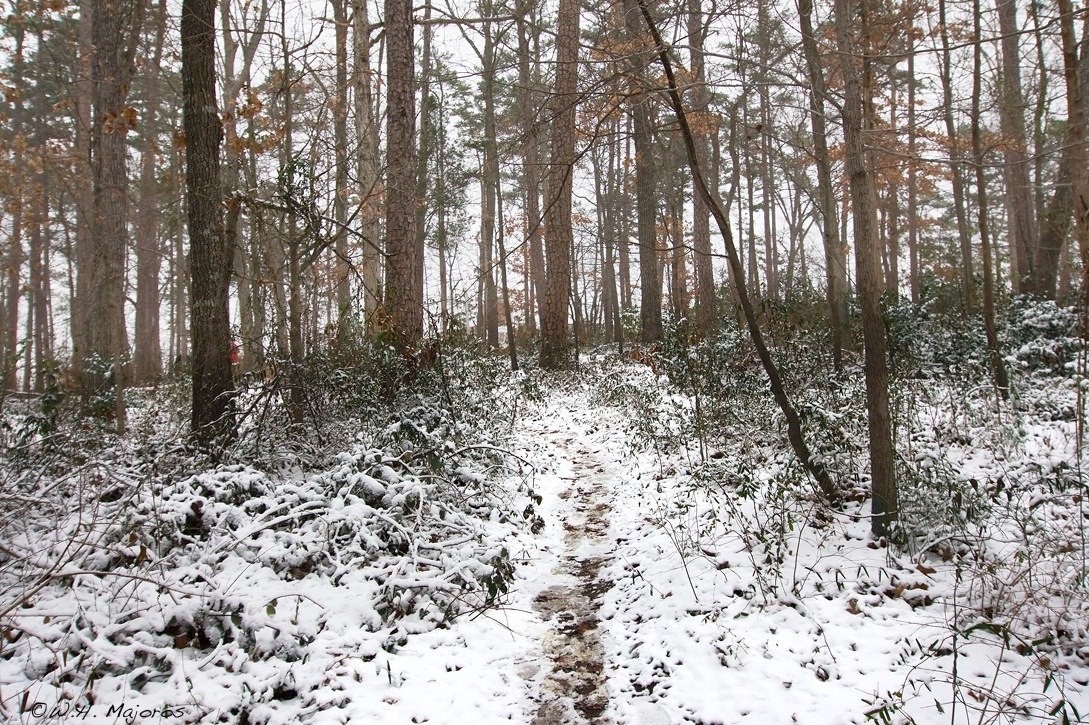



1. Kleptoparasitism at HBSPThe word that ornithologists typically use to describe the habit of bald eagles stealing fish from ospreys (as well as other cases of food theft in the bird world) is kleptoparasitism. For the special case of pelicans stealing fish from cormorants, I have my own term: kleptopelicanism.Kleptopelicanism was much in
evidence during my recent trip to Huntington
Beach State Park this past
New Year's Day. The pelicans didn't seem at all interested in
fishing for themselves. Instead, they floated around in the
freshwater pond, following any cormorant that was actively
fishing. When a cormorant submerged to chase a fish, the pelicans
watched the cormorant's silhouette carefully from above the
surface. When the cormorant emerged with its prize, the hungry
pelicans were often only a few feet away, ready to snatch the smaller
bird's lunch from its beak:
(click to zoom)
(click to zoom)
Although I never saw a pelican
successfully wrest a fish from one of the smaller birds, they seemed
more than willing to inflict discomfort on any would-be victim that
defied them:
Despite the ever-present pirates near at hand, the cormorants ate very well during the hour or so that I watched: Catching photos of the cormorants with a fish proved difficult, because they typically swallowed the fish very quickly after emerging from beneath the surface (and I can understand why, with the pelicans near at hand!). However, the pelicans proved useful to me in this regard, since the pelicans could see the cormorants' underwater silhouettes, whereas I couldn't (due to my angle and reflections on the water). By carefully following the gaze of a pelican as it tracked a foraging cormorant, I could often predict exactly where a cormorant was likely to emerge, and have my camera already focused on that location: Sometimes a pelican would even resort to short flights over the water so as to stay close to the foraging cormorants: The cormorants weren't the only ones catching fish in the freshwater pond that day. This tern caught one that I have difficulty believing the bird could swallow: An osprey caught several fish close by, though the angle of light wasn't ideal for capturing the moment on "film": 2. Other Sightings at HBSPSpeaking of lighting, this trip to HBSP provided my first opportunity to test out my new, homemade, "Flashzilla" flash extender: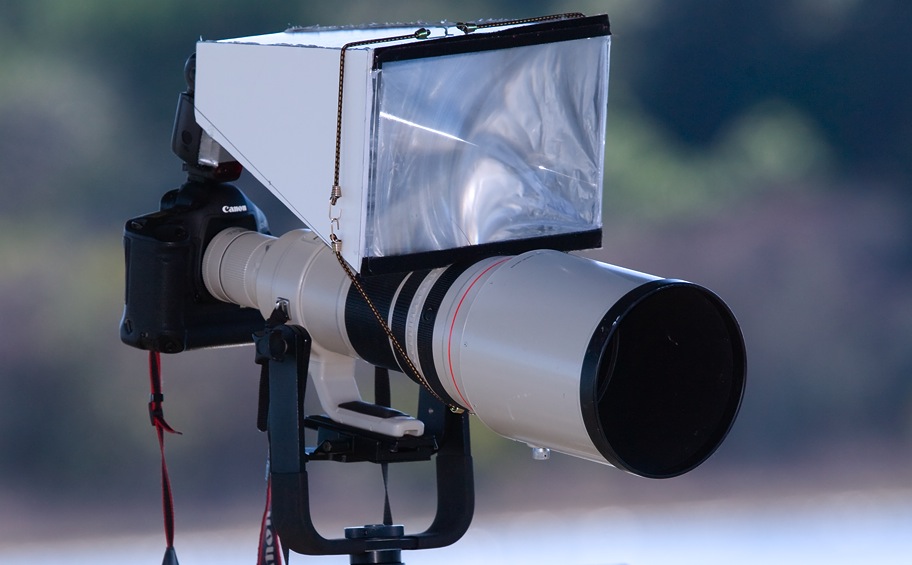 Not five minutes after getting out of the car, I was given the perfect opportunity test out this beast. The heron pictured below was probably about 50 feet from me, and was completely backlit, but you can see that the Flashzilla provided more than enough illumination even at that great distance: Below are some more examples of birds at fairly enormous distances being lit up quite well by the Flashzilla. Note that the Red Knot was completely backlit, but with the flash you can see that the front of the bird is well lit: Another thing I decided to test out during this trip was the use of larger apertures for isolating subjects via shallow depth-of-field (DOF). I was able to isolate one Boat-tailed Grackle from a group of five birds by shooting at f/4 with a 400mm lens at a distance of about 12 feet: My favorite technique (borrowed from Arthur Morris) for shooting birds on water is to get down to the birds' eye level by lying on my belly at the very edge of the water, thereby compressing the surface of the water to a thin band of in-focus terrain. Lying down also seems to put the birds more at ease. At HBSP I found that the grackles would come to within two or three feet of me when I was in this position: The ibises didn't come quite that close, but they came close enough: Up at the jetty it's usually fairly easy to get turnstones at eye level: The jetty sometimes offers opportunities for shots of less common birds, such as loons in winter: HBSP usually provides plenty of opportunity for getting bird-in-flight ("BIF") shots, though in the past I've concentrated more on portraits of stationary birds. This time I actively sought out the flight shots, especially those of pelicans at or below eye level: Even better than flight shots (in my opinion) are those lucky slides that show the bird taking off or landing with wings fully spread:
HBSP generally provides nice enough backgrounds that even shots showing little or no action (or little or no foreground detail) can still be very nice: 3.
A Trip to the Zoo
I wasn't aware until
recently that at Brookgreen
Gardens, just across the highway from HBSP, is a small zoo with a
number of raptors and other photogenic critters. Below is a mixed
sample of images taken at this location as well as some taken at the National Zoo in Washington, D.C.: |
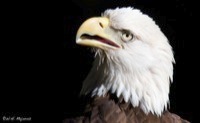 |
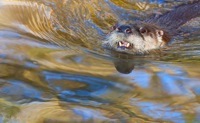 |
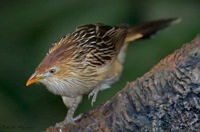 |
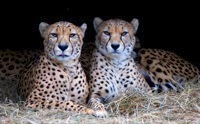 |
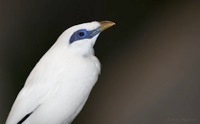 |
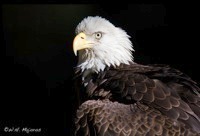 |
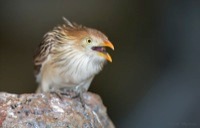 |
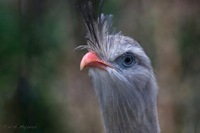 |
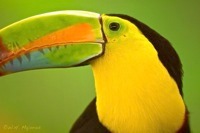 |
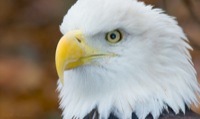 |
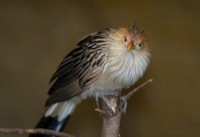 |
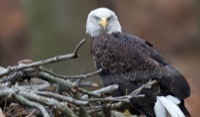 |
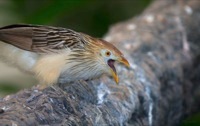 |
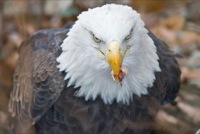 |
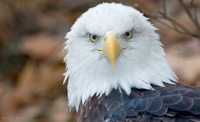 |
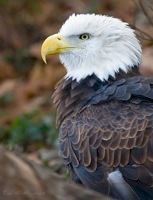 |
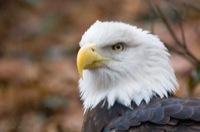 |
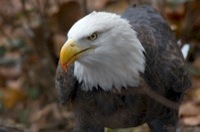 |
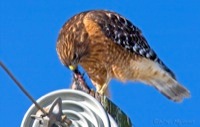 |
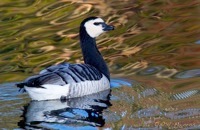 |
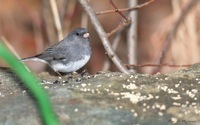 |
 |
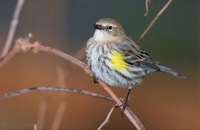 |
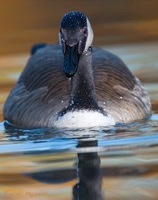 |
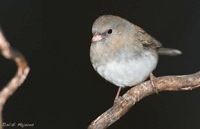 |
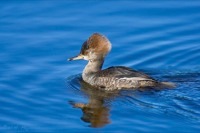 |
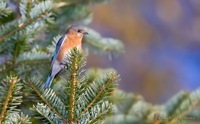 |
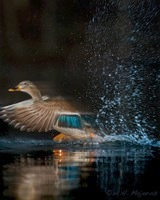 |